Have you been noticing strange issues with your toilet lately? Imagine this — you’re sleeping peacefully at night, and suddenly, you hear a ghostly sound coming from the bathroom. Could it be a ghost? Not really. It’s most likely a problem with your toilet mechanism! The toilet is one of the most common fixtures in any home for wastewater disposal. But when a leaking toilet occurs, it can be even more troublesome than a dripping faucet. A leaking toilet could waste hundreds of gallons of water, significantly increasing your water bill. Luckily, several smart methods can help you detect leaks and fix them. In this updated 2025 guide, I will explain how to identify and resolve these annoying problems. Let’s dive in!
What is Ghost Flushing?
Have you heard the term ghost flushing? Don’t panic — it’s not a paranormal event! Ghost flushing (also known as phantom flushing) happens when the toilet tank fills and flushes automatically without anyone touching the flush handle. It occurs due to internal faults within the toilet’s mechanisms and usually signals a hidden leak or worn-out component.
Common Causes of Toilet Leaks and Ghost Flushing
Toilet leaks can occur for many reasons. Here are some of the most common culprits you should be aware of in 2025:
-
Flapper Issues
The flapper is designed to create a watertight seal on the flush valve. Over time, it can warp, crack, or become misaligned, causing leaks. In-tank cleaning tablets can also degrade the flapper’s material. A loose chain, sediment buildup, or small cuts on the flush valve can further contribute to leakage. You may also encounter fill valve issues where water continually flows through the overflow tube due to fluctuating water pressure. 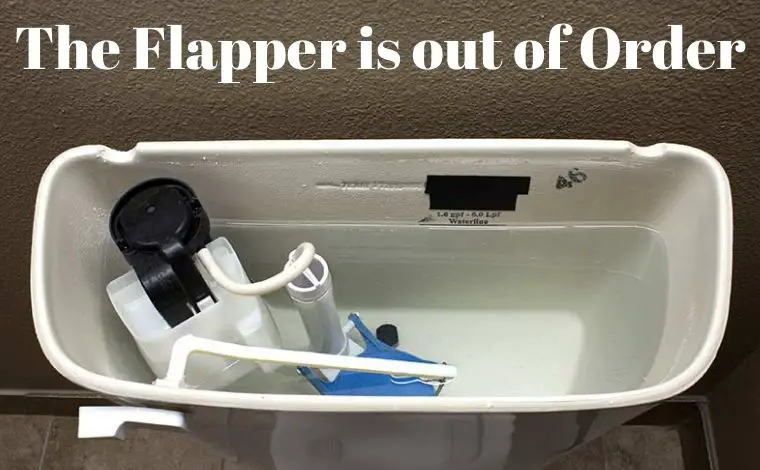
-
Cracked Water Tank
If you notice water pooling around the base of your toilet, your tank or bowl may be cracked. Cheaper or older toilets are especially prone to this. While sealants may offer a temporary fix, they tend to fail over time. Replacing the damaged tank is often the only long-term solution.
-
Rusted Fill Valve
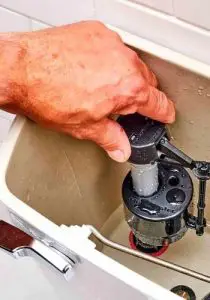 The fill valve controls the flow of water into the tank. Mineral buildup from hard water, rust, and debris can cause the valve to corrode and malfunction. Using appropriate toilet cleaners can help maintain the valve, but if corrosion is too severe, replacement may be necessary.
The fill valve controls the flow of water into the tank. Mineral buildup from hard water, rust, and debris can cause the valve to corrode and malfunction. Using appropriate toilet cleaners can help maintain the valve, but if corrosion is too severe, replacement may be necessary.
-
Faulty Connectors
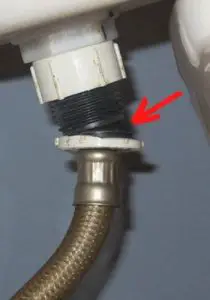 Toilets rely on multiple connectors for a secure and leak-free water supply. Over time, these connectors may corrode, loosen, or degrade. Regular inspection and maintenance are key. If you detect a leak, replace the affected washers, tighten connectors, or apply thread tape where needed. Professional plumbing inspections are also a wise preventative step.
Toilets rely on multiple connectors for a secure and leak-free water supply. Over time, these connectors may corrode, loosen, or degrade. Regular inspection and maintenance are key. If you detect a leak, replace the affected washers, tighten connectors, or apply thread tape where needed. Professional plumbing inspections are also a wise preventative step.
How to Diagnose Toilet Leaks
A properly functioning toilet should only make a refill noise immediately after flushing. If you hear ongoing hissing or flowing sounds, it may indicate a leak. One effective method is the food coloring test: add food coloring to your tank, wait 15–30 minutes, and check the bowl. If color appears in the bowl without flushing, you have a leak. Modern cities with Automated Meter Reading (AMR) systems can also detect leaks early by tracking water usage trends.
Pinpointing the Exact Leak Location
Here’s how to find exactly where your toilet is leaking. Remove the toilet tank lid. Add food coloring or dye tablets to the tank. Wait 30 minutes without flushing. If you see color in the bowl, a leak exists. Inspect the flapper, float, and fill valve for misalignment or wear.. Check if the water level is rising too high — this indicates overflow tube issues.
Finding Faucet Leaks
Did you know a single dripping faucet can waste up to 20 gallons of water daily? Most faucet leaks stem from worn-out washers or rings. Replacing these is simple and can save you significant water costs. For specialty faucets, professional help may be needed.
Checking Toilet Tank Parts
If water continuously runs into the bowl or you hear it long after flushing, a silent leak is likely. Again, use the food coloring test. Most leaks occur around the flapper valve or overflow pipe. Adjusting the float or replacing worn components usually resolves the issue. 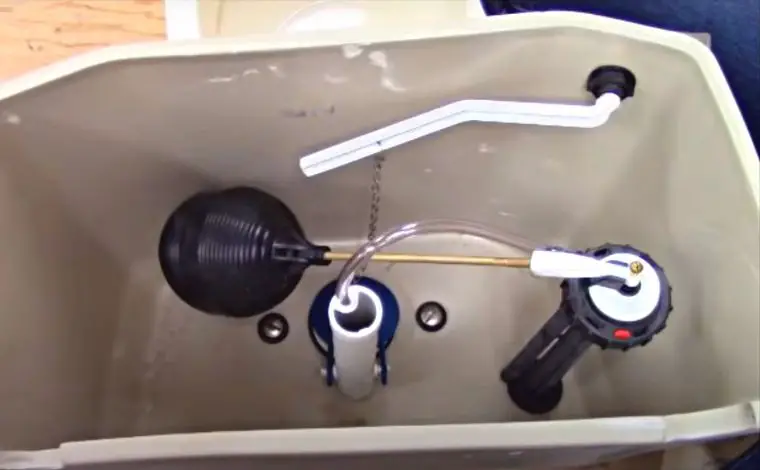
Check the overflow pipe height — water should stop about an inch below the pipe opening. If water continuously drains, adjust the float or replace the faulty pipe.
Identifying Broken Drain Pipes
Leaks hidden behind walls or under floors can be difficult to detect. Watch for wet spots, stains, or musty smells. For complex cases, it’s best to hire professional plumbers equipped with diagnostic tools.
Inspecting the Water Supply Line
One of the most common sources of leaks is the external water supply line. Check outside taps for drips. If a hose or faucet leaks, replace the washer or tighten fittings. Even a small leak here can waste thousands of gallons of water over a season.
What to Do If Your Toilet Tank Is Losing Water but Has No Visible Leak?
If your toilet tank is mysteriously losing water but you don’t see any visible leaks on the floor, it can be frustrating and confusing. Often, these so-called “phantom leaks” occur inside the tank itself and can usually be repaired without major plumbing work. In this section, you’ll learn the easiest and most effective ways to diagnose and fix toilet tank leaks in 2025.
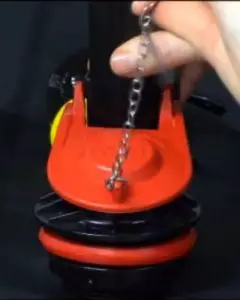 Repairing the Flapper and Fill Valve
Repairing the Flapper and Fill Valve
A worn or damaged flapper is often the number one cause of water loss inside the toilet tank. Aside from using a dye test, there are simple ways to inspect the flapper. Rub the bottom of the flapper with your finger\u2014if it leaves streaks of rubber or feels hardened instead of flexible, it’s time to replace it. Here’s how:
- Shut off the water valve (usually located behind or beside the toilet). Flush the tank to empty the water, and note the chain length attached to the trip lever. This helps during reinstallation.
- Remove the old flapper and install a new one, adjusting the chain to match the original length. Check the valve seat for corrosion or mineral buildup and clean it if needed.
- Dry the valve seat and gently smooth it with fine sandpaper, avoiding deep scratches.
- Turn the water back on and test for leaks again to ensure the problem is resolved.
If the fill valve is clogged with debris or foreign material, it should also be cleaned or replaced. A faulty fill valve can cause water to run or refill improperly, contributing to silent leaks.
Repairing the Flushing Handle
A misaligned or faulty flush handle can cause the chain to pull improperly, leaving the flapper slightly open and allowing water to leak. The toilet chain could also get tangled, kinked, or stuck. Here’s how to fix it:
First, clean the chain and adjust its length\u2014it should not be too long or too short. If the chain is kinked or damaged, replace it with a suitable ball-type chain. Also, check and tighten the lock nut and bolt that secure the handle. If this does not fix the issue, consider replacing the handle completely. Always turn off the water before performing these adjustments.
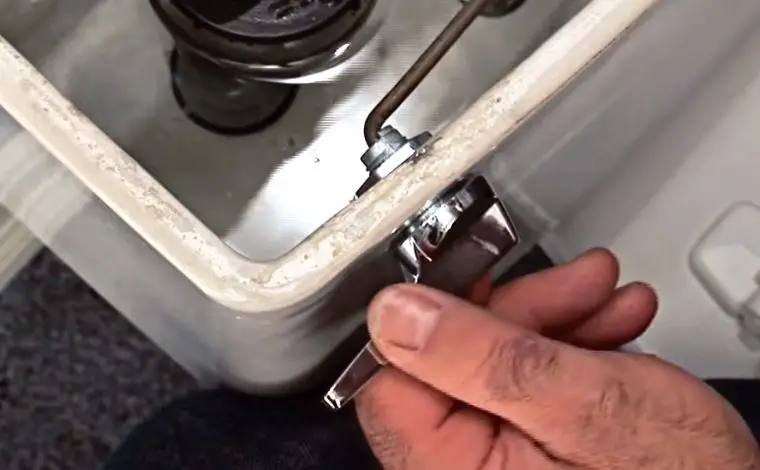
Fixing the Overflow Tube
If the water level in the tank is too high, it may continuously flow into the overflow tube, causing a subtle but constant water loss. Ideally, the water level should sit 1.5 to 2.5 centimeters below the top of the overflow tube. Here’s how to adjust it:
- Lower the water level by adjusting the float. If your toilet uses a screw-adjustable float rod, turn the adjustment screw clockwise to lower the float.
- If your toilet has a float ball, gently bend the float arm down to lower the water level.
- Check the adjustment screw. If it’s corroded or stripped, replace it immediately.
- Ensure that the refill tube is properly secured inside the overflow tube after adjustments.
If adjusting the float doesn’t resolve the issue, the float assembly or the entire fill valve may need replacement. Since designs vary by toilet model (float ball vs. float cup), consult the toilet manufacturer’s website for specific troubleshooting advice.

Adjust the Water Level
Maintaining the correct water level in your toilet tank is essential for proper flushing and efficiency. If the water level is too low or too high, it can lead to malfunctioning or wasted water.
- Inspect the tank for cracks or damage. A damaged tank can leak internally even if you don’t see external water.
- Check the supply hose for obstructions or debris that may restrict proper filling.
- Examine the flapper; a degraded or leaking flapper can cause constant water drainage into the bowl.
Conclusion
It’s common to encounter toilet tanks that seem to lose water without any obvious external leak. The good news is that many of these “phantom” leaks are easy to diagnose and fix using simple tools and a bit of patience. Addressing ghost leaks will not only save water and reduce your utility bills but also prolong the lifespan of your toilet system.
If you’re unsure about handling these repairs yourself, or if multiple parts need replacement, hiring a licensed plumber is always a smart choice. Either way, understanding the causes and solutions will help you make informed decisions when fixing your toilet.
FAQs for Toilet Tank Losing Water But No Leak
Q1: Why is my toilet tank losing water when there’s no visible leak?
A toilet tank can lose water due to internal issues like a worn-out flapper, faulty fill valve, or cracks inside the overflow tube — even if there is no water on the floor.
Q2: Can an old flapper cause the toilet tank to lose water slowly?
Yes, an old or warped flapper may not seal properly, allowing small amounts of water to leak into the bowl without being obvious.
Q3: How do I check if my toilet flapper is leaking?
You can add a few drops of food coloring into the tank water. If the color appears in the bowl after 15-30 minutes, your flapper is leaking.
Q4: Why does my toilet tank refill periodically?
This is often caused by a slow internal leak. The tank loses water into the bowl, causing the fill valve to kick in and refill the tank.
Q5: Can a cracked overflow tube cause water loss in the toilet tank?
Yes, a cracked or damaged overflow tube inside the tank can allow water to escape, even though there’s no external leak.
Q6: How do I fix a toilet tank that keeps losing water?
Common fixes include replacing the flapper, adjusting or replacing the fill valve, or checking the overflow tube for damage.
Q7: Will a toilet losing water increase my water bill?
Yes — even a small, unnoticed internal leak can waste hundreds of gallons of water per month, raising your water bill.
Q8: Should I replace the entire toilet if the tank loses water?
Usually, no. Most problems causing water loss can be fixed by replacing inexpensive parts like the flapper or fill valve.
Hi, this is Robert Crossan, the owner of this website, has 17 years of experience in the installation, maintenance, and repair of toilets and plumbing systems. After completing the Level 2 Basic Plumbing course in 2005, I started working in both domestic and commercial buildings as a professional plumber. So I can figure out the core difference between different toilet models and brands. It also helped me monitor their work performance and setbacks.